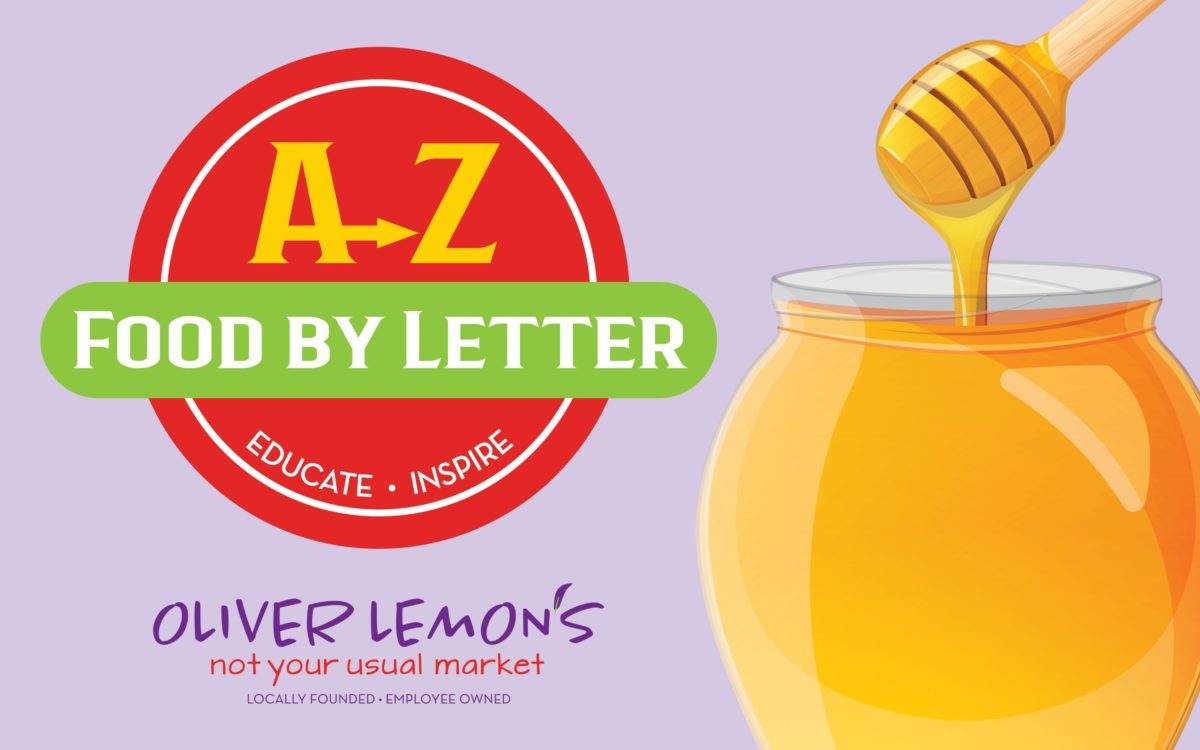
Ice Cream
I scream, you scream, we all scream for ice cream!
Get the scoop on one of our favorite sweet treats. Ice cream's origins are known to reach back as far as the second century B.C. There’s no definitive answer as to who invented this culinary treasure, but we do know that Alexander the Great enjoyed snow and ice flavored with honey and nectar (yum!).
Until the 1800’s, ice cream remained a rare and exotic dessert enjoyed mostly by the elite. Then, voila...insulated ice houses were invented! Soon, producing ice cream became an industry in America, pioneered in 1851 by a Baltimore milk dealer named Jacob Fussell. Like other American industries, ice cream production increased because of technological innovations, including steam power, mechanical refrigeration, the homogenizer, electric power and motors, packing machines, and new freezing processes and equipment. Due to ongoing technological advances, today's total frozen dairy annual production in the United States is more than 1.6 billion gallons!
Our top 10 favorite ice cream facts to make your friends and family melt!
- It takes 12 pounds of milk to produce just 1 gallon of ice cream.
- The average number of licks to finish a scoop of ice cream is 50.
- The most popular flavor is vanilla, and then chocolate.
- Ice cream cones were invented at the 1904 World’s Fair in St. Louis, Missouri.
- The majority of Americans (around 90%) have ice cream in their freezers.
- Ice cream headaches or “brain freeze” is the result of the nerve endings in the roof of your mouth sending a message to your brain of the loss of heat.
- The tallest ice cream cone was over 9 feet tall in Italy.
- The average American eats 45.8 pints of ice cream a year.
- Chocolate syrup is the most popular ice cream topping.
- Chocolate ice cream was invented before vanilla.
Looking for a fun way to serve up your favorite ice cream flavors on a hot day? Try this genius recipe for waffle ice cream sandwiches inspired by The Sweet Escape. Waffles are perfect for ice cream sandwiches because they’re so cakey and delicious and all those nooks and crannies are perfect to soak up that delicious ice cream as it starts to melt! Read on for how to make them!
- Make your waffles on a waffle iron with your favorite mix or recipe, and then let them cool.
- Spread your ice cream flavors inside to create a sandwich.
- Pop your sandwiches in the freezer to chill and firm up.
- Try dipping your waffle ice cream sandwiches in some melted chocolate, and then rolling in your favourite nutty or sweet garnish. (We love sprinkles, chopped nuts, and mini chocolate chips!)




